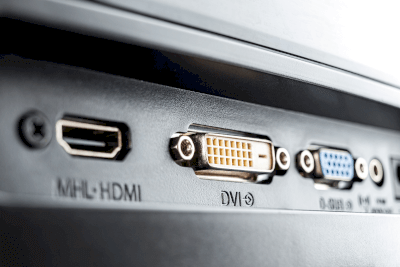What Is a Video Interface?

A video interface is the connection between a device outputting video signals and a device receiving and displaying these signals. Common video signal output devices include DVD/BD/HDD recorders, PCs, and set-top boxes (STBs), while receivers include TVs, display monitors, smartphones, and tablets.
Video interfaces are categorized into analog and digital types.
Uses of Video Interfaces
Analog video interfaces include VGA (D-Sub 15-pin) and RCA interfaces. Digital video interfaces cover DVI, HDMI, and DisplayPort.
The transition from analog to digital video interfaces is primarily due to the digitization of video content and the ability to encrypt digital signals for copyright protection.
Principles of Video Interface
Here, we focus on digital interfaces such as DVI, HDMI, and DisplayPort.
DVI, succeeding the VGA standard, initially supported only digital signals and no audio. It has largely been replaced by newer standards as manufacturers have ceased developing DVI-supporting devices.
DisplayPort was developed as a successor to DVI, supporting both video and audio signals. It competes with HDMI to become the mainstream digital interface.
HDMI stands out by transmitting video, audio, and control signals, including device authentication, all in one signal. It has various connector types, classified from Type A to Type E, catering to different devices like PCs, cameras, digital video cameras, and in-vehicle equipment.